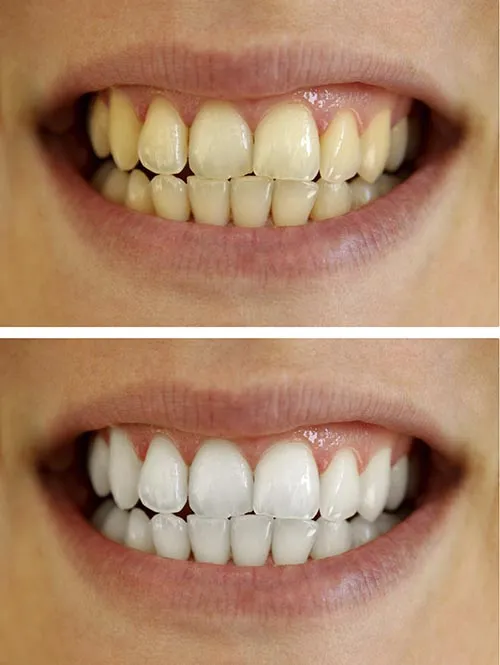Understanding Teeth Whitening Options
Embarking on a journey to a brighter smile can feel overwhelming with the myriad of teeth whitening options available. Understanding these options is the first step in making an informed decision. Teeth whitening, at its core, is a cosmetic dental procedure aimed at lightening the shade of your teeth. This is achieved by removing stains and discoloration that accumulate over time from factors such as food, drinks, and lifestyle choices. Different methods utilize various bleaching agents, primarily hydrogen peroxide or carbamide peroxide, to penetrate the enamel and break down the stain molecules. The effectiveness of each method varies, influencing the overall results and the process you choose. Before diving into the specifics, it’s essential to assess your needs and expectations. Consider the severity of your discoloration, your budget, and how quickly you want to see results. By understanding the different types of teeth whitening, you can choose the one that best suits your individual needs.
Types of Teeth Whitening
The world of teeth whitening offers a diverse range of methods, each with its unique approach and effectiveness. These methods can be broadly categorized into in-office treatments, professional at-home kits, and over-the-counter products. The best choice for you depends on your personal preferences, the degree of whitening desired, and your budget. Each method uses different concentrations of whitening agents and application techniques, leading to varied results and timelines. Understanding the key differences between each type will help you make a decision that aligns with your smile goals.
In-Office Teeth Whitening
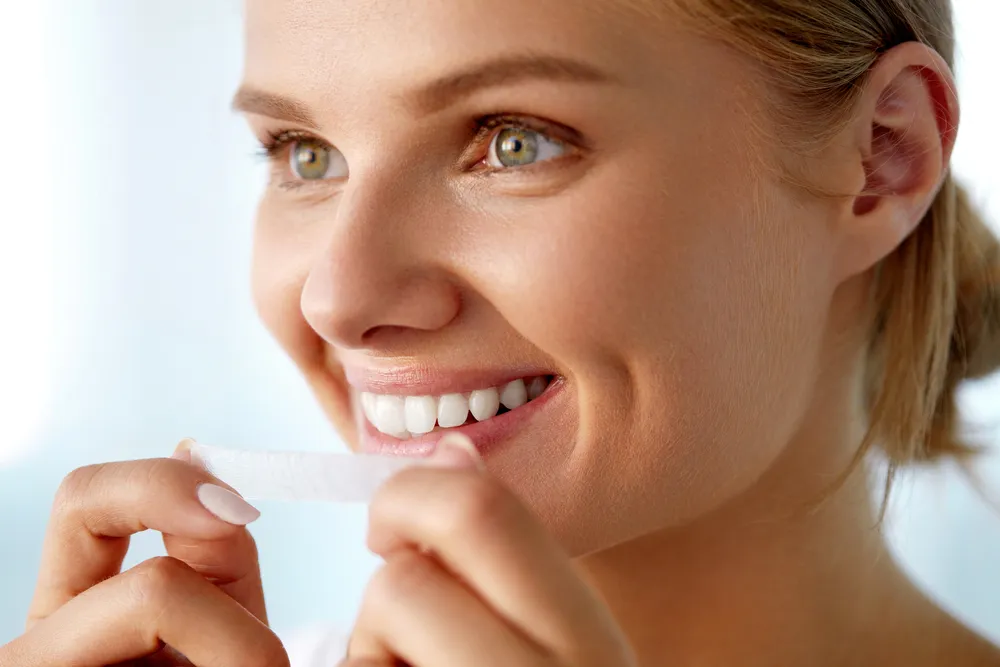
In-office teeth whitening, often performed by a dentist, offers the quickest and most dramatic results. This method utilizes a high concentration of bleaching agents, typically hydrogen peroxide, applied directly to the teeth. A special light or laser may be used to accelerate the whitening process, enhancing the effectiveness of the bleach. The procedure typically involves isolating the teeth, applying the whitening agent, and allowing it to sit for a specific time. The process may be repeated several times during a single visit, resulting in a significantly brighter smile in as little as one hour. Although in-office whitening is more expensive than at-home options, it’s an excellent choice if you desire immediate results and professional guidance. During the consultation, the dentist will evaluate the condition of your teeth and discuss the potential outcomes and any risks involved. This ensures you understand what to expect and are prepared for the procedure. In-office treatments offer not only a whiter smile but also the added advantage of being performed under the supervision of a dental professional.
Professional At-Home Whitening Kits
Professional at-home whitening kits provide a balance of effectiveness and convenience. These kits are prescribed by your dentist and include custom-fitted trays designed to fit your teeth perfectly. The trays are filled with a bleaching gel, often containing a lower concentration of hydrogen peroxide or carbamide peroxide than in-office treatments, and worn for a specific period each day or night. Because the trays are custom-made, they ensure even distribution of the whitening agent and minimize the risk of gum irritation. The process typically takes several weeks to achieve optimal results. The primary benefit of professional at-home kits is that they offer professional-grade whitening in the comfort of your home, allowing you to control the whitening process and schedule. Your dentist will monitor your progress, and provide guidance. This approach is more affordable than in-office treatments while still delivering noticeable results. Following your dentist’s instructions is crucial to avoid any adverse effects and achieve the best possible outcome. The use of professional-grade whitening agents in custom trays ensures consistent results and superior effectiveness compared to over-the-counter options.
Over-the-Counter Whitening Products
Over-the-counter (OTC) teeth whitening products are readily available at drugstores and supermarkets, offering a convenient and affordable option for those seeking to brighten their smiles. These products include whitening strips, gels, toothpastes, and mouthwashes. Whitening strips are one of the most popular OTC options, containing a thin layer of bleaching agent that adheres to the teeth. Gels can be applied directly to the teeth using a brush or applicator. Whitening toothpastes and mouthwashes typically contain mild abrasives or bleaching agents to remove surface stains. While OTC products are generally safe, they may not be as effective as professional treatments and may take longer to produce visible results. It is essential to carefully follow the product instructions and be mindful of potential side effects, such as tooth sensitivity or gum irritation. The results of OTC products can vary depending on the product’s formulation, the severity of the stains, and the individual’s teeth. However, they can be a suitable option for maintaining or slightly enhancing the whiteness of your teeth, and they offer a convenient entry point into the world of teeth whitening.
Factors to Consider When Choosing

Choosing the right teeth whitening method involves careful consideration of several factors. Your unique oral health profile, desired results, and budget are all important aspects to evaluate. Taking the time to assess these factors will help you choose the option that best meets your needs and expectations. This includes understanding the differences in efficacy, the potential risks, and the long-term maintenance required for a brighter, healthier smile. Consider this as a detailed assessment to achieve the best possible outcome for your teeth whitening journey.
Your Current Tooth Shade
The starting point of your teeth’s shade significantly impacts the outcome of any whitening treatment. Use a shade guide, a visual aid that dentists use, to determine your current tooth color. This will also help you track the progress and ensure realistic expectations. Teeth with more severe discoloration or darker shades may require more aggressive treatments or multiple sessions to achieve the desired results. Some stains are more resistant to whitening than others. For example, stains caused by certain medications or intrinsic factors may not respond as well to bleaching. Understanding your current tooth shade is crucial for setting realistic goals and selecting the appropriate teeth whitening method. The effectiveness of whitening treatments varies based on the degree of staining and the inherent color of your teeth. Working with your dentist to determine your baseline color helps you track your progress throughout your treatment journey.
The Desired Level of Brightness
Determine your goal for a brighter smile. Do you want a subtle improvement or a more dramatic transformation? Different whitening methods offer varying degrees of effectiveness, from mild brightening to significant shade changes. In-office treatments often deliver the most dramatic results in a short period. At-home kits may offer a more gradual but controlled approach. Over-the-counter products usually provide more modest results. Consider how much whiter you want your teeth to be and discuss your expectations with your dentist. This will help you choose the most appropriate whitening treatment. Setting clear goals ensures satisfaction with the final outcome. Be realistic about what can be achieved. The final shade achieved will depend on individual tooth characteristics and the type of whitening chosen. Understanding the potential outcomes of each method will ensure you are satisfied with the final result. The shade guide can be a valuable tool in communicating your desired level of brightness with your dentist, ensuring everyone is on the same page.
Your Budget
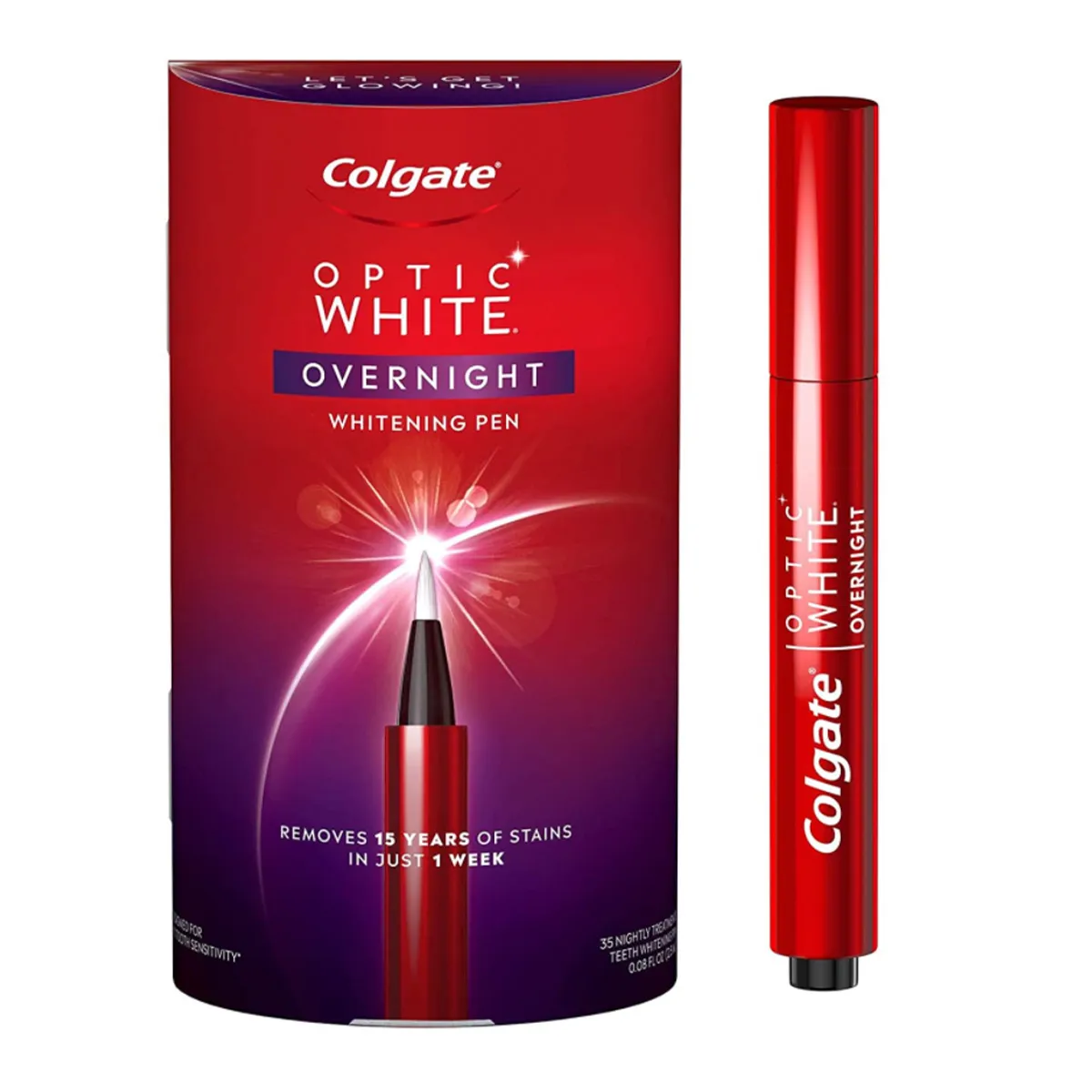
The cost of teeth whitening varies widely, depending on the method chosen. In-office treatments are generally the most expensive, followed by professional at-home kits. Over-the-counter products are the most affordable option. Set a budget and explore the options that fit within your financial constraints. Consider not only the initial cost of the treatment but also any ongoing maintenance costs. Evaluate the value of each option, considering the effectiveness, convenience, and potential long-term benefits. Weigh the investment in a brighter smile against your financial priorities. Remember that the most expensive option is not always the best, and the most affordable option might not provide the desired results. Research the pricing of different treatments and compare them to your budget to make an informed decision. Look for promotions, discounts, or payment plans offered by dental practices to make professional treatments more accessible. Budget considerations should align with your priorities for aesthetic results and long-term dental health.
Sensitivity of Your Teeth
Tooth sensitivity is a common side effect of teeth whitening, particularly with higher concentrations of bleaching agents. Individuals with sensitive teeth may experience discomfort during and after treatment. Consult with your dentist about your sensitivity levels. They can recommend treatments such as desensitizing toothpastes or custom trays designed to minimize contact with the bleaching agent. Consider choosing a whitening method with a lower concentration of hydrogen peroxide or carbamide peroxide if you are prone to sensitivity. This is particularly important if you have existing dental issues, such as receding gums or enamel erosion. Always follow the product instructions carefully to minimize the risk of sensitivity. Communicate any discomfort or sensitivity to your dentist or dental professional. They can offer strategies and suggest products to alleviate this condition. Regular dental checkups help monitor tooth sensitivity and adjust the whitening plan accordingly, ensuring comfort and optimal results. If you experience persistent sensitivity, consider pausing treatment and discussing alternative options with your dentist. Prioritizing your oral health and comfort ensures a positive teeth whitening experience.
Effectiveness of Different Methods
The effectiveness of teeth whitening methods varies significantly. In-office treatments typically provide the most dramatic and immediate results. Professional at-home kits offer a balance of effectiveness and convenience, with results that gradually improve over several weeks. Over-the-counter products may provide a more subtle whitening effect. The degree of whitening achieved also depends on the concentration of the bleaching agent, the duration of the treatment, and the individual’s teeth. It’s essential to understand the expected outcomes of each method to make an informed choice. The results also depend on individual factors, such as the type and severity of stains, the overall health of the teeth, and adherence to the treatment plan. Before deciding on a method, consult with a dentist for a professional evaluation to assess your needs and expectations.
In-Office vs. At-Home

In-office teeth whitening, performed by a dentist, offers the most immediate and noticeable results. These treatments use a high concentration of hydrogen peroxide, often combined with a special light or laser to accelerate the whitening process. The procedure is completed in a single session, making it ideal for people who want fast results. Professional at-home whitening kits involve custom-fitted trays and lower concentrations of bleaching agents. These kits offer a more gradual but controlled approach, allowing you to whiten your teeth in the comfort of your home. The effectiveness of at-home kits depends on consistent use. The choice between in-office and at-home whitening depends on individual needs, the desired level of brightness, and budget. In-office whitening is the fastest and most powerful option, while at-home kits offer convenience and cost savings. Consider your lifestyle, time constraints, and the level of professional guidance you desire. Both methods can produce significant whitening, but the best choice is the one that aligns with your lifestyle and goals.
Comparing Whitening Strips Gels
Whitening strips are a popular over-the-counter option that is easy to use. These thin, flexible strips are coated with a bleaching agent and applied directly to the teeth. Results are typically noticeable after a few weeks of consistent use. Whitening gels can be applied to the teeth with a brush or applicator and also offer a convenient option. The effectiveness of both strips and gels varies depending on the concentration of the bleaching agent and the duration of treatment. Whitening strips are easy to apply, while gels offer greater flexibility. Choose the option that best fits your preferences and oral hygiene routine. Consistency in use is key to achieving the desired results with both products. Compare products based on their active ingredients, ease of use, and customer reviews. Carefully follow the instructions on the product packaging to minimize the risk of sensitivity or irritation. For many, whitening strips and gels are an accessible way to enhance the brightness of their smile. Be patient, and track your progress to see the transformation.
Ingredients and Their Effects
Understanding the ingredients in teeth whitening products is essential for making informed decisions about your oral health. The main active ingredients are hydrogen peroxide and carbamide peroxide, which break down stain molecules in the teeth. However, different products may contain varying concentrations, which impact effectiveness and potential side effects. Knowing the role of each ingredient helps you choose the most appropriate and safest option for your teeth. Also, understanding the effects can help you manage expectations and anticipate any potential sensitivity or irritation. Consult with a dentist to discuss the ingredients and their suitability for your individual needs. This knowledge empowers you to take control of your teeth whitening journey, leading to a brighter, healthier smile. Additionally, understanding the ingredients helps you to make better choices for your smile.
Hydrogen Peroxide
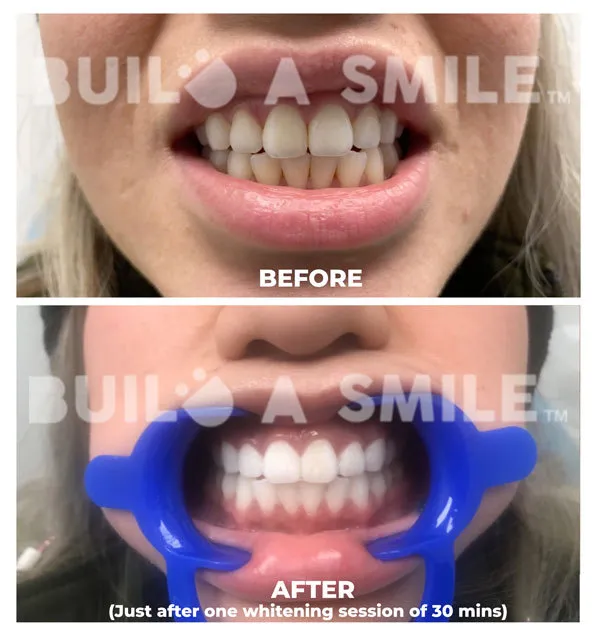
Hydrogen peroxide is a primary bleaching agent used in teeth whitening products. It penetrates the enamel to break down stain molecules, resulting in a brighter smile. The concentration of hydrogen peroxide varies. In-office treatments often use higher concentrations for rapid results. At-home kits typically contain lower concentrations to minimize sensitivity. Over-the-counter products may have even lower concentrations. The effectiveness of hydrogen peroxide depends on the concentration, application time, and individual tooth characteristics. Side effects, such as tooth sensitivity or gum irritation, are more common with higher concentrations. Careful adherence to the product instructions is important. Understanding how hydrogen peroxide works enables you to make informed decisions about your teeth whitening plan. Consult with your dentist if you experience any discomfort during treatment. Hydrogen peroxide is a powerful ingredient that delivers effective results.
Carbamide Peroxide
Carbamide peroxide is another common bleaching agent used in teeth whitening products. When applied to the teeth, it breaks down into hydrogen peroxide and urea. It provides similar whitening effects. Carbamide peroxide is often found in professional at-home whitening kits. Because it releases hydrogen peroxide gradually, it can lead to less sensitivity. It is still important to follow the instructions for usage to avoid any complications. The concentration of carbamide peroxide also influences its effectiveness. The use of custom-fitted trays with carbamide peroxide helps ensure even distribution of the whitening agent, maximizing results while minimizing risks. Before beginning, discuss with your dentist, so you can determine the most appropriate treatment based on your tooth sensitivity and desired results. Carbamide peroxide is a versatile and effective option in the journey towards a brighter smile.
Other Whitening Agents
Besides hydrogen peroxide and carbamide peroxide, several other agents are used in teeth whitening products. These may include mild abrasives, such as silica or calcium carbonate, which help remove surface stains. Some toothpastes contain enzymes, such as papain or bromelain, to break down protein-based stains. Other ingredients may be included to enhance the whitening effect, reduce sensitivity, or improve the product’s flavor and texture. The concentration of these ingredients and their effect on the tooth enamel varies. Always check the product labels and consult with a dentist to determine the best products for your dental health. Ingredients like fluoride are included to remineralize the teeth and strengthen the enamel. The choice of additional agents depends on the product type and its intended purpose. By understanding the role of each ingredient, you can make informed decisions about your teeth whitening process.
Maintaining Your White Smile
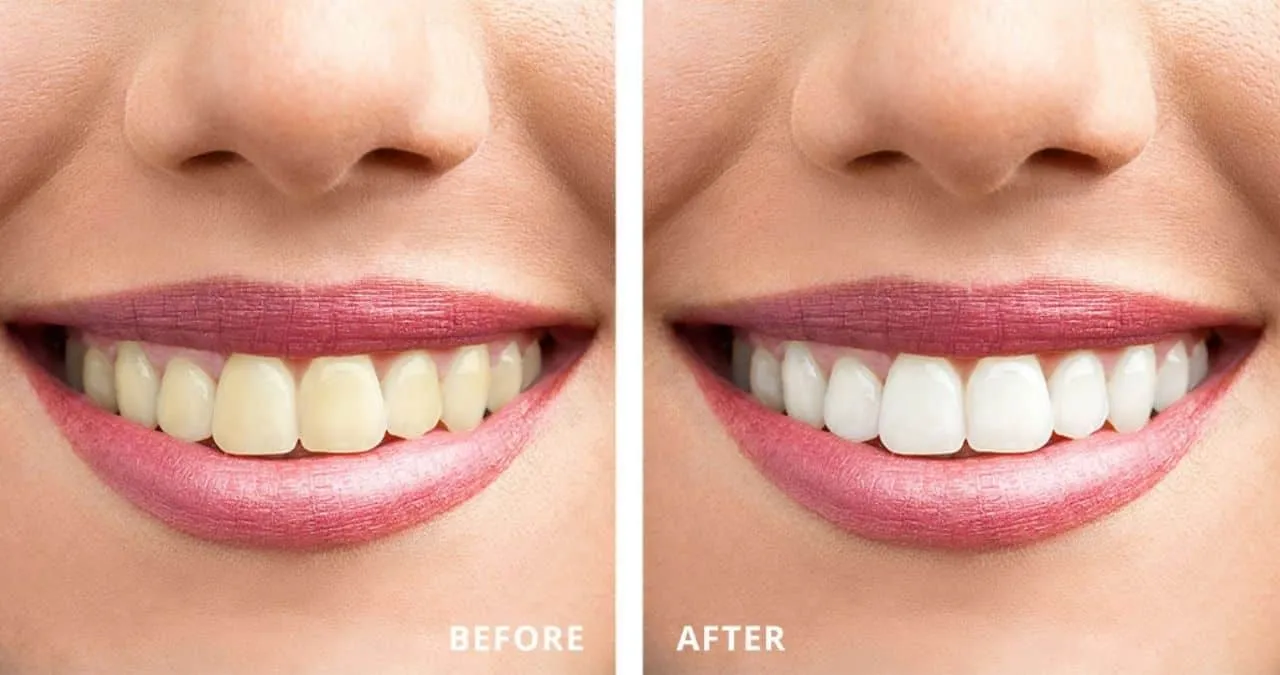
Maintaining a white smile after teeth whitening requires consistent care and attention to your oral hygiene. This includes a combination of post-whitening care, mindful eating and drinking habits, and consistent oral hygiene practices. Following these guidelines helps preserve the results of your whitening treatment and prevent future discoloration. It’s important to incorporate these habits into your daily routine for long-term oral health. Remember that the goal is to enjoy a radiant smile for an extended period. With the right care, you can maintain your bright, beautiful smile for years to come. By adhering to these guidelines, you can make your whitening investment worthwhile and showcase your healthy, dazzling smile.
Post-Whitening Care
After undergoing teeth whitening, specific care measures are crucial to maintain your results. This includes avoiding staining foods and drinks for at least a week or two. Regularly scheduled dental check-ups and cleanings are essential for the long-term health and brightness of your teeth. Using a desensitizing toothpaste can help manage any temporary sensitivity. Your dentist may recommend a fluoride treatment to strengthen the enamel. Be sure to follow the specific instructions provided by your dentist, as these are tailored to your individual treatment. Avoid smoking or using tobacco products, as these can stain your teeth. By adhering to these post-whitening care practices, you can preserve your brighter, whiter smile and enjoy a confident, radiant appearance for an extended period. These practices are vital for the longevity of your whitening efforts.
Foods and Drinks to Avoid
Certain foods and drinks can stain your teeth and diminish the results of your whitening treatment. It’s essential to limit your consumption of these items. Dark-colored beverages, such as coffee, tea, red wine, and cola, are major culprits. Highly pigmented foods, including berries, soy sauce, and tomato-based sauces, can also contribute to staining. Consider using a straw to minimize contact with your teeth. Rinse your mouth with water after consuming potentially staining foods or drinks. Maintain a balanced diet that prioritizes tooth-friendly foods. Remember to consult with your dentist. Making careful choices about your diet and hydration helps protect your investment. Avoiding these foods and drinks is an essential step towards maintaining a bright and healthy smile. You can extend the lifespan of your whitened teeth and boost your confidence for a longer period.
Oral Hygiene Practices
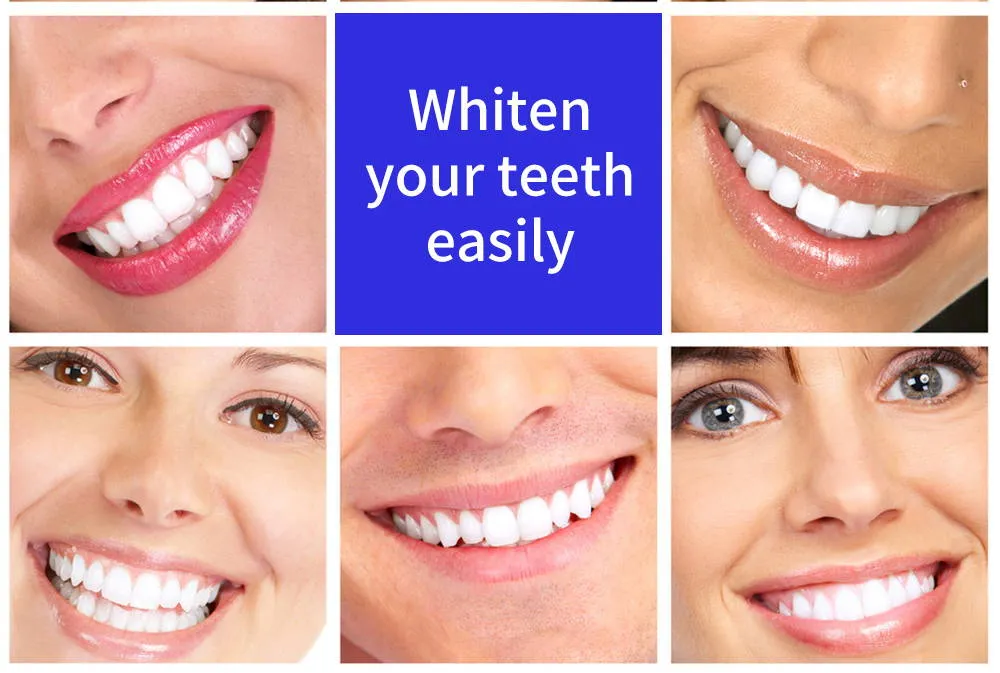
Maintaining excellent oral hygiene is essential for preserving the results of teeth whitening. Brush your teeth at least twice a day with a whitening toothpaste. Use fluoride toothpaste to strengthen enamel and protect against sensitivity. Floss daily to remove plaque and food particles from between your teeth. Regular dental check-ups and professional cleanings are also vital for maintaining oral health. This allows your dentist to monitor the condition of your teeth and provide guidance on maintaining your bright smile. You can also invest in an electric toothbrush. A consistent oral hygiene routine helps keep your teeth white and healthy. This helps to protect your investment in teeth whitening. Consistent hygiene is essential for the long-term success of your teeth whitening efforts. Ensure your daily habits keep your smile bright and healthy, preventing future discoloration and maintaining your confidence.
